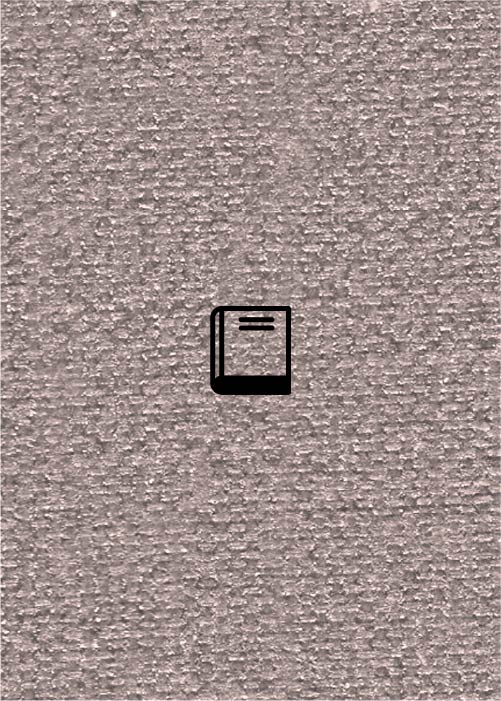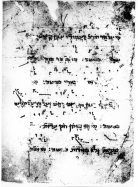(206 results found)
Cantar de las Flores
… Eastern-Mediterranean Sephardim: in various manuscripts: a Hebrew manuscript from Sarajevo (1794), one from Venice … As is frequent in the Coplas' repertoire, there are some Hebrew words: 'berajot' (benedictions), and in the refrain: … A B C D A B C D A B C D Transcription of the song's melody … Ladino, Judeo-Spanish – Ladino, Ladino Songs, …
Ner Haviv, Ner Na'eh
… can be now amended. The text was written by the Polish-born Hebrew poet and author Sh. Shalom (pseudonym of Shalom … on in Erets Yisrael and in the USA. The two-section short melody of ‘Ner haviv, ner na’eh’ is in maqam Hijaz. It is … around the same time as Abuganim set Sh. Shalom’s poem to a melody following a traditional Arabic pattern, composer …
Ki Hinneh Kahomer
… 'Shirei Eretz Yisrael' of Jacob Schoenberg, where the melody appears in the song Shehav Beni, Shehav Bimenuha , … taken from Philip Birnbaum's High Holiday Prayer Book (NY: Hebrew Publishing Company, 1951). This piyyut is a part of …
Shofet Kol Ha'aretz
… Shofet kol ha’aretz belongs to the medieval poetic Hebrew genre called pizmon that is characterized by a … the present-day availability of medieval manuscripts of Hebrew liturgical orders allows for a fundamental revision … IMHM, F 13782). Even more interesting is the mention of the melody of Shofet kol ha’aretz in the manuscript of the …

The “Hebrew Melody” by Joseph Achron: New version for voice, violin and piano premiered in Jerusalem, January 8, 2009
… The widely known “Hebrew Melody” by Joseph Achron was composed in 1911 as a piece for … In 1935 Achron returned to this vocal version of the “Hebrew Melody,” adding to it a violin obligato part. This …
Piyyutim for the High Holidays
… three and six syllables respectively. This traditional melody in makam U'ak is widespread among Sephardi cantors who use it for singing other liturgical texts. The melody consists of two musical phrases repeated according to … called Maftirim performed its ancient repertoire of Ottoman Hebrew music on Sabbath mornings and afternoons at the …
Mi-al har horev from the manuscripts of Obadiah the Proselyte
… Recording of "Mi'al har horev" from Obadiah the Proselyte's Hebrew musical manuscripts, arranged by Andre Hajdu and … a general picture regarding this interesting set of early Hebrew musical manuscripts. In 1918, a fragment containing … itself consists of six rhymed couplets set to a similar melody, ending with the refrain ki-moshe (like Moses). Based …
Im nin'alu
… to many melodies. Alternate stanzas are written in Hebrew and Arabic. Here stanzas 1, 2, 3, and 7 are printed … The singer opens with the song’s most widely known melody, which was popularized by Bracha Zefira among the … closing hemistich. The tawshihִ is sung to another, faster melody. It is usually sung in a responsorial manner, as …
Baqqashah (Pl. Baqqashot)
… poems written by the poets of the so-called ‘Golden Age’ of Hebrew poetry in Spain (10th to 13th centuries), and these … lifetime. Moreover, the lehanim (plural of lahan, tune or melody) to which Najara required his piyyutim to be sung are … by the individual. The Baqqashah is unique to the religious Hebrew poetry of medieval Spain, it is usually scanned in …

The Cantorial Fantasia of the Eighteenth and Nineteenth Centuries: A Late Manifestation of the Musical Trope
… Yom Kippur. The cantorial fantasia on 'Alenu', based on a melody which is considered one of the MiSinai Tunes, is … Centre … 38706 … 65–85 … Jerusalem … The Magnes Press, The Hebrew University … Yuval Studies … … Hazzan, Hazan, …










